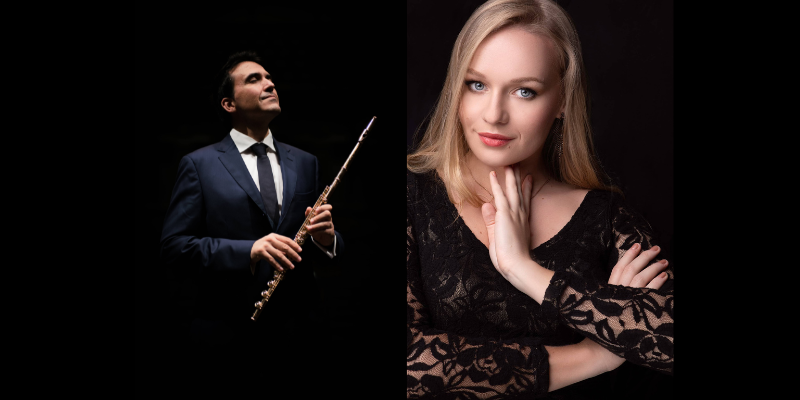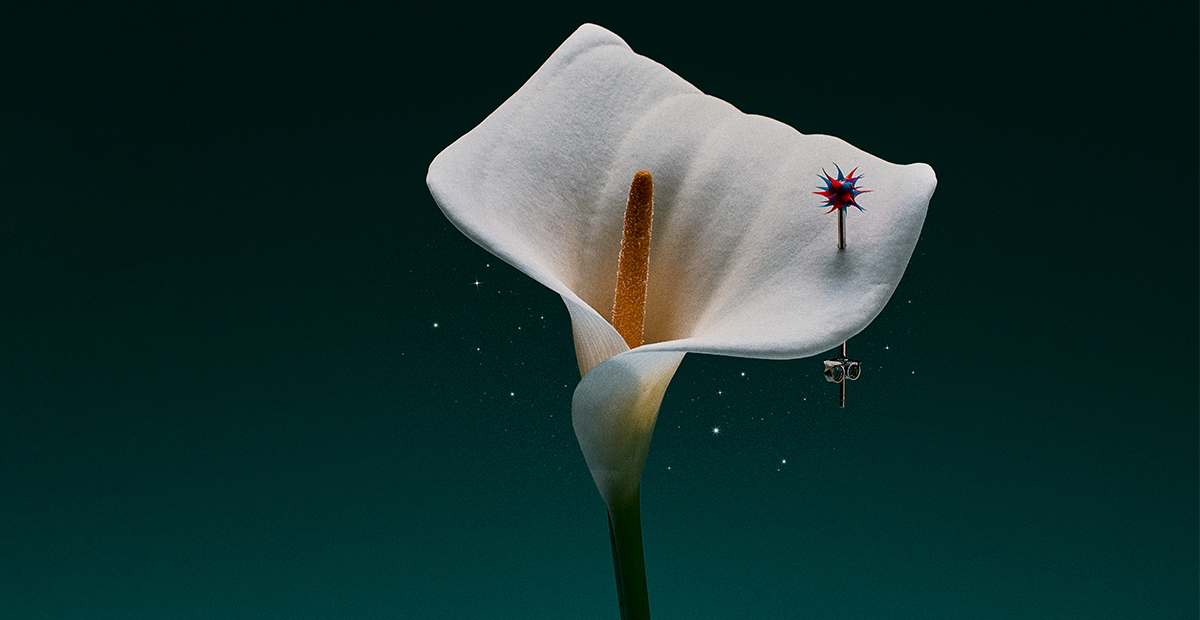The Australia Piano Quartet has been the Ensemble in Residence a the University of Technology Sydney (UTS) since 2012. They have toured throughout Europe and Asia and have given concerts at the Barbican and Wigmore Hall in London. Their specialties include performing rarely heard works, and works by Australian composers.
Andrew Haveron, the concert master of the Sydney Symphony Orchestra, replaced Rebecca Chan on the violin on this occasion, and joined the other standard members of the group: James Wannan (viola), Thomas Rann (cello) and Daniel de Borah (piano).
Although there were no Australian compositions on this program, we did have the opportunity to hear a rarely heard Beethoven work, the Piano Quartet in E flat WoO 36 No 1, which he wrote when he was only 15. Having been a high school music teacher (a long time ago), I can just imagine how thrilled I would have been if a Year 10 kid turned up with this for a composition assignment!
There was a tendency in the composition to have a single instrument with the melodic interest, and the others accompanying. In Beethoven’s later works the intensity of the interest is usually ever present in all parts. Although clearly an early and simple work, wholly within the boundaries of the early classical tradition of Haydn, the work showed great promise of things to come.
The second movement (“Allegro con spirito“) was the most musically intense of the three, showing promise of the fire to come in later works. It had substantial harmonic sophistication and gave the opportunity for each instrument to shine. You can feel Beethoven experimenting with what is possible here.
The performers approached this Quartet as a whole with a youthful simplicity which is its due. While they certainly followed every cue in the music, they did not perform as they might a late quartet, with lots of arresting bite and dark intensity. The “Innocence” of the concert title was definitely there, both in the composition and interpretation.
The second work on the program was Fauré’s Piano Quartet No.2 in G minor Op.45, a mature work; the “Experience” of the concert title. Fauré wrote this work in 1885 when he was 40.
Much of this work, especially in the middle movements, prefigures the harmonic colour effects found in Debussy’s music; melodies over gentle piano parts and washes of sound like a warm bath, or at other times, like a lilting lullaby. Some of the diminuendos in the third movement (“Adagio non troppo“) diminish almost to nothing; beautifully rendered by the performers. The quartet approached this movement with humility and lightness of touch; always allowing the music to speak for itself.
The passion and violence of the last movement (“Allegro molto”) had an intensive drive, with an almost unrelenting fullness of tone, culminating in an electric coda.
A compositional feature of this work is the frequent use of unisons and octaves in the strings that open the quartet. Unison playing is always difficult, but towards the end of the quartet these sections rose with gravitas and power.
The repertoire of this concert was interesting too because of the number of times the viola was featured. This gentle instrument of the mid-range is often overlooked by composers, but Beethoven and Fauré here both gave it a guernsey with several prominent solos. Wannan played with warmth and expression but never parting from an evenness of tone.
The sweetness of Haveron’s upper range on the violin was an outstanding feature too.
This short concert was an engaging experience with, as always in the Utzon Room, the full glory of Sydney Harbour in the background. We are so lucky.
Review for:
![]()
Australia Piano Quartet: Innocence and Experience | 27 August 2017 | Sydney Opera House: Utzon Room
![]()























![artboard 1[31] artboard 1[31]](https://cdn-classikon.b-cdn.net/wp-content/uploads/2025/01/artboard-131.jpg)











